Travel around Scotland is a fabulous way to discover places and monuments to some of history, science, and culture's biggest names (for such a little country, the output of incredible minds is high!). At Macs Adventure we specialise in walking, cycling, and independent travel in Scotland (and beyond), and our range of holidays includes this discovery tour of Literary Scotland, ideal for anyone with a passion for the bard and other great Scottish writers.
On the 25th of January each year, the birthday of Scotland’s most famous poet Robert Burns is celebrated with Burns Night. The traditional supper includes a meal of haggis, neeps and tatties, whisky and reciting poetry written by the 18th-century poet. Here we reveal 18 interesting facts about Robert Burns.
-
Robert Burns was born on January 25, 1759, in Alloway, Ayrshire, Scotland.
-
He died aged just 37 on July 21, 1796, but in his short life, he composed a vast catalogue of poetry and songs that have been poured over, enjoyed and spoken aloud for more than 200 years.
Statues of Robert Burns can be found the world over, like this one in Australia
-
Robert Burns originally spelled his name “Burnes”.
-
Robert Burns is also known as Rabbie Burns.
-
Burns penned his first poem at the age of 15.
-
Burns wrote his poems in Scots, standard English and Scots dialect.
-
In his personal life, Burns dedicated hundreds of lines of verse to women and fathered 12 children, nine to his wife Jean Armour.
-
Burns was going to move from Scotland to Jamaica. He decided against this when sales of his poetry collection Poems, Chiefly in the Scottish Dialect (also known as the Kilmarnock Volume) took off. He moved to Edinburgh instead, where the second edition of his poetry book was published.
-
For all his fame, Burns never forgot his humble roots. His love for farming stayed with him throughout his life and his writing often dealt with issues affecting the poorer classes, notably highlighting the need for greater social equality.
-
Burns was also a lyricist and he contributed more than 100 songs to a book called The Melodies of Scotland. Most famously, he wrote Auld Lang Syne (he added new lyrics to a traditional Scottish tune) and A Red, Red Rose.
-
Burns was alive during the French Revolution and he was in favour of reform.
Robert Burns' birthplace, Alloway, Ayrshire
-
The body of Robert Burns rests in the Burns Mausoleum in St Michael’s Churchyard, Dumfries.
-
The first Burns supper was held in July 1801 when nine of Burns’ close friends got together to mark the fifth anniversary of their friend’s death. It took place at Burns Cottage in Alloway and included a meal of haggis and performances of Burns’ work.
-
That first Burns Supper also included a speech in honour of the great Bard, which is now known as the Immortal Memory.
-
These days, Burns’ Suppers are held on the day that would have been Rabbie Burns’ birthday, January 25.
-
There are more statues, monuments and memorials dedicated to Robert Burns than any other non-religious figure, after Queen Victoria and Christopher Columbus.
-
In Scotland, there are some 20 official Burns memorials dotted around the country, from Aberdeen to the final resting place of Burns in Dumfries, which commemorate his journey from Ayrshire to “Auld Lang Syne”.
-
Robert Burns was voted "The Greatest Scot" by viewers of Scottish TV (STV) in 2009. He beat other great Scottish figures, including William Wallace, Sir Alexander Fleming and Robert the Bruce.
Macs Adventure specialise in independent adventures around Scotland, with a wide range of walking, cycling, and discovery adventures in a land filled with dramatic, untouched landscapes that are likely to have a lasting effect on any visitor. Contact a member of our team on hello@macsadventure.com for details on any of our trips.
"Farewell to the Highlands, farewell to the North, The birth-place of Valour, the country of Worth; Wherever I wander, wherever I rove, The hills of the Highlands for ever I love."
This is an updated version of the post that first appeared in 2017.













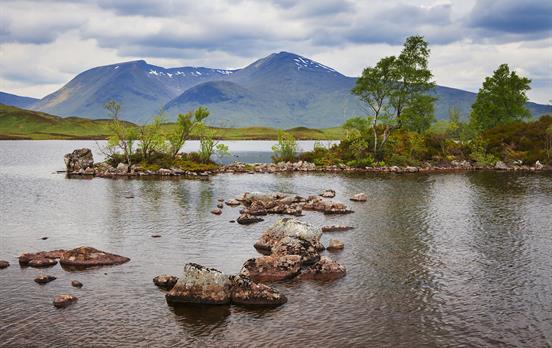





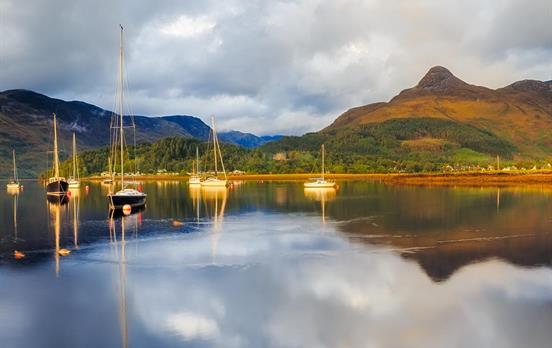

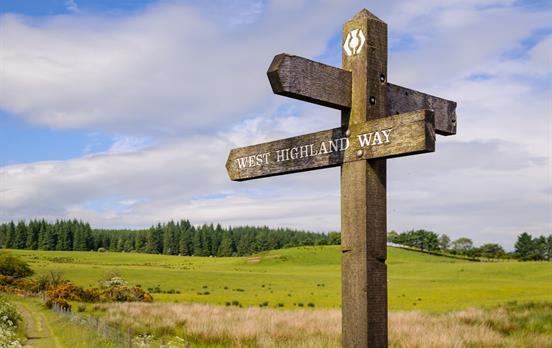
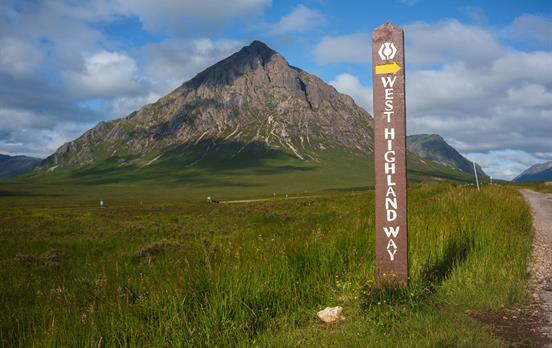




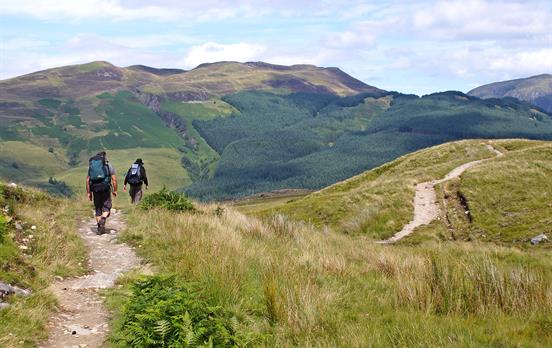







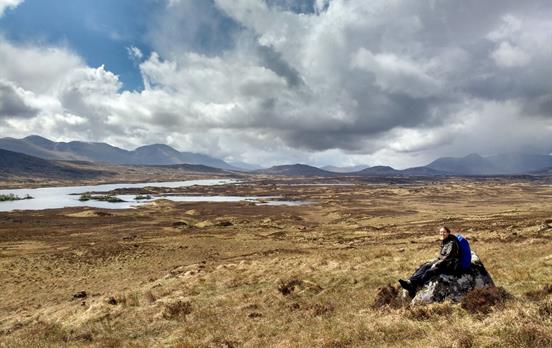

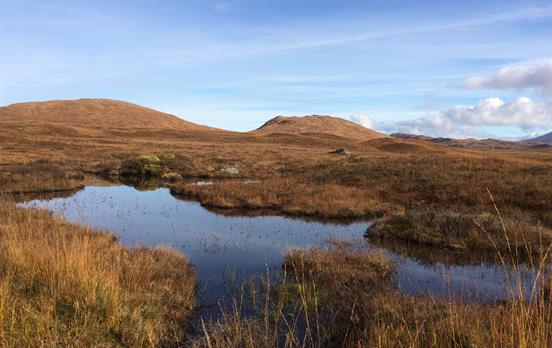



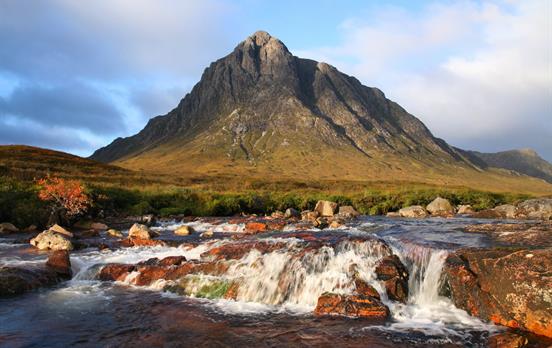



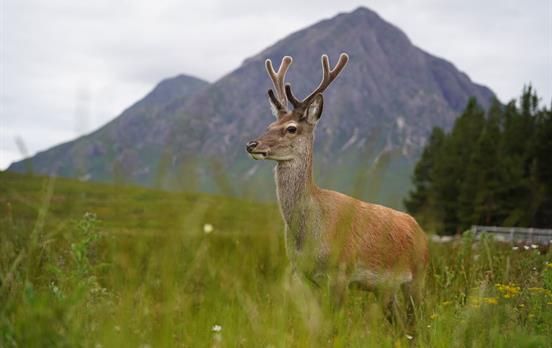

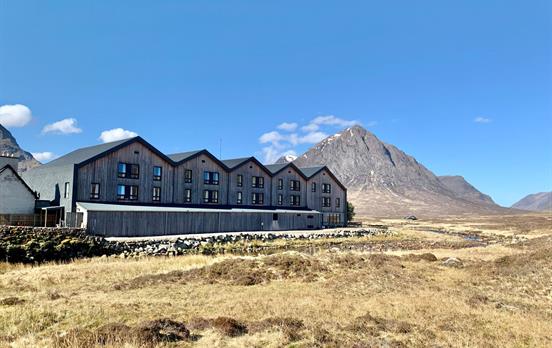











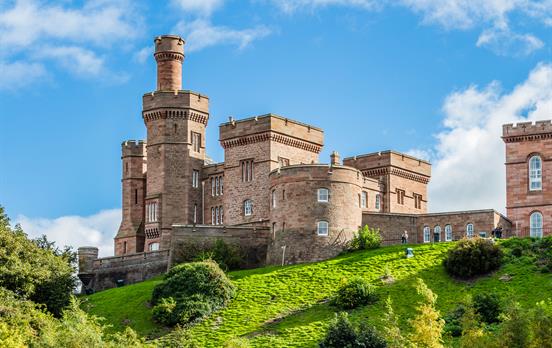





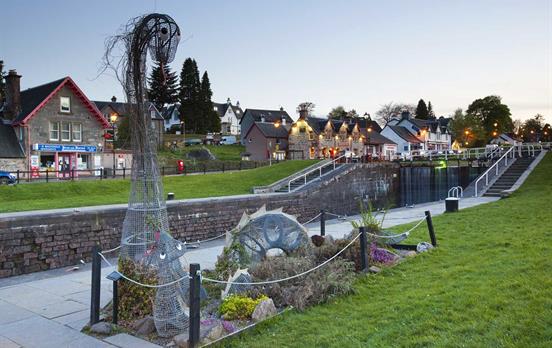






























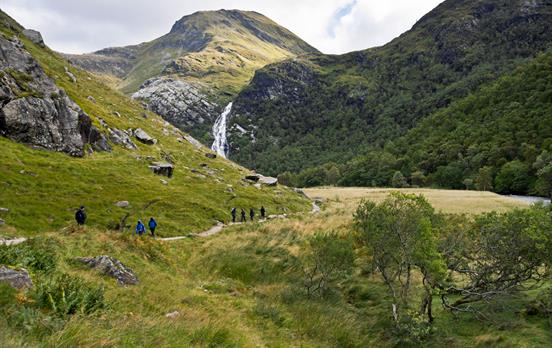
























 Australia
Australia New Zealand
New Zealand South Africa
South Africa European Union
European Union